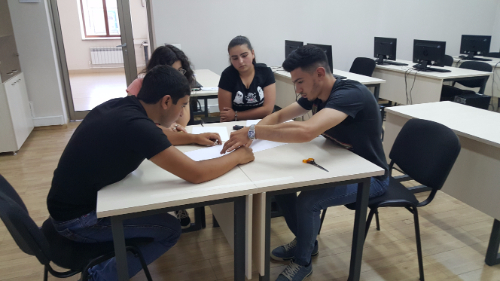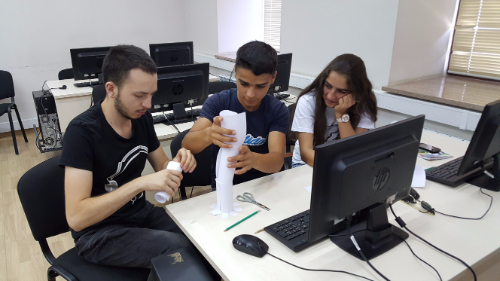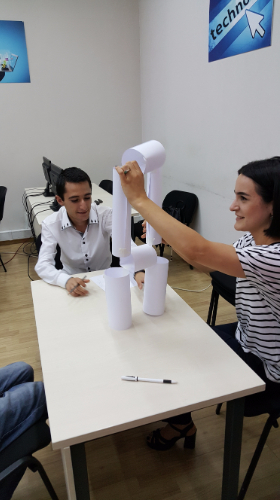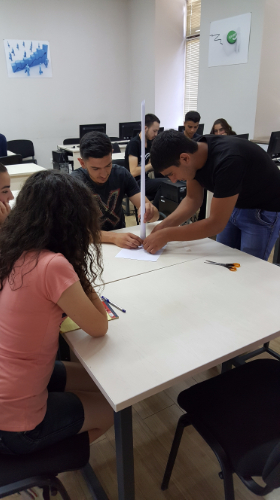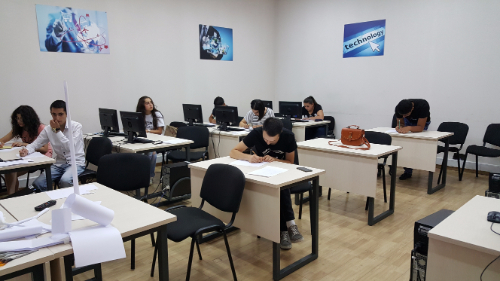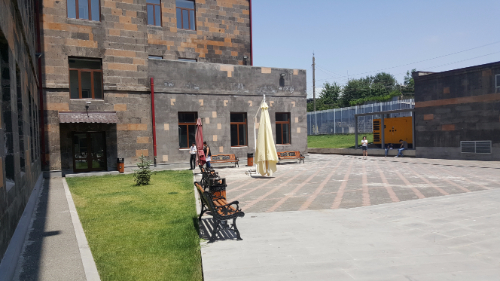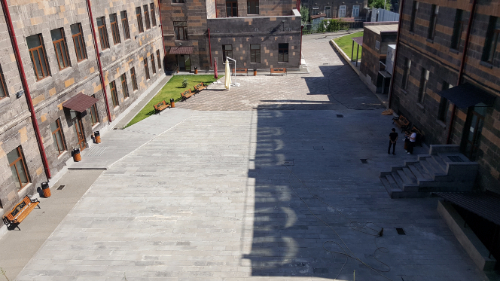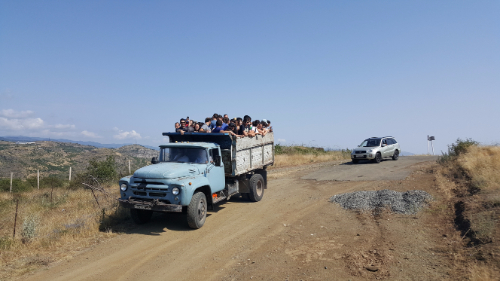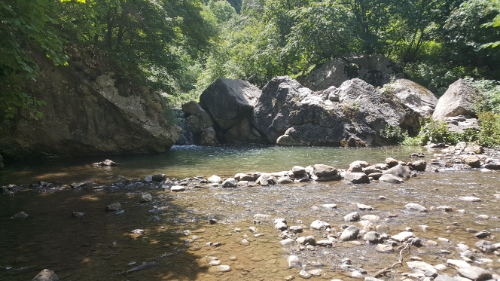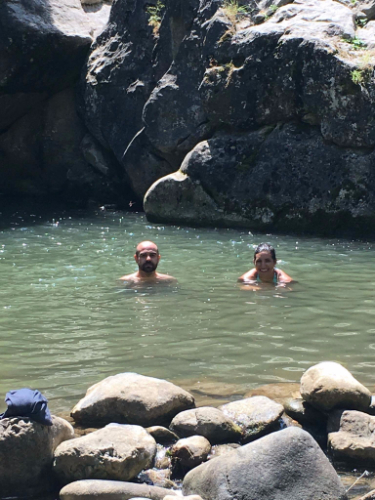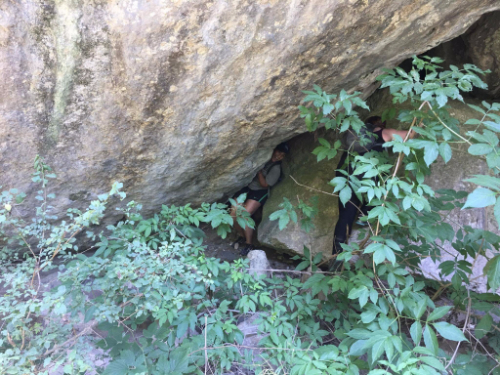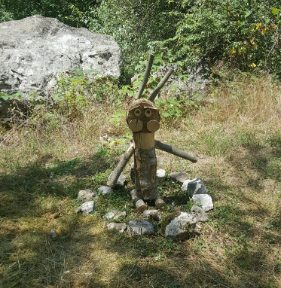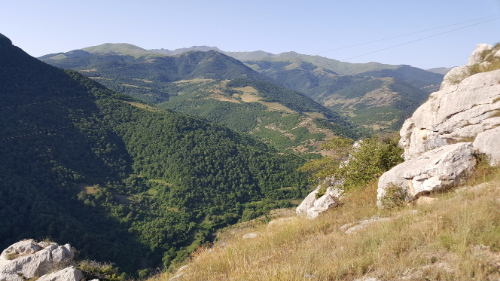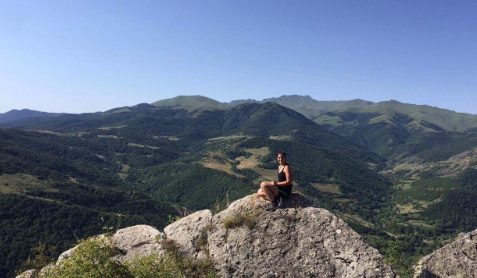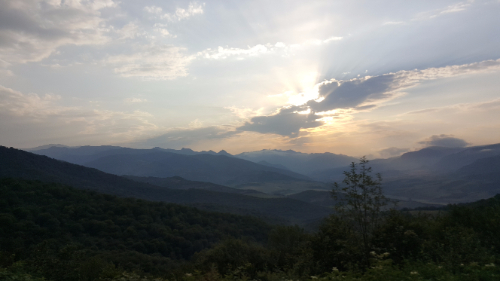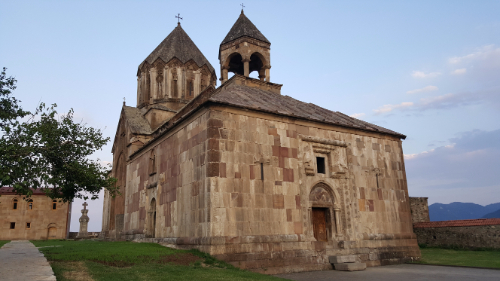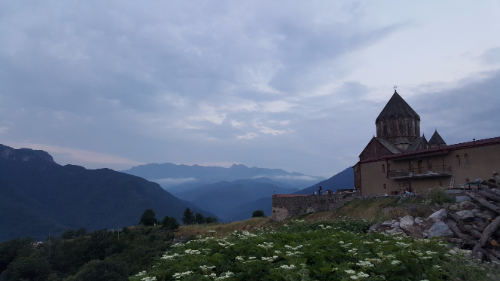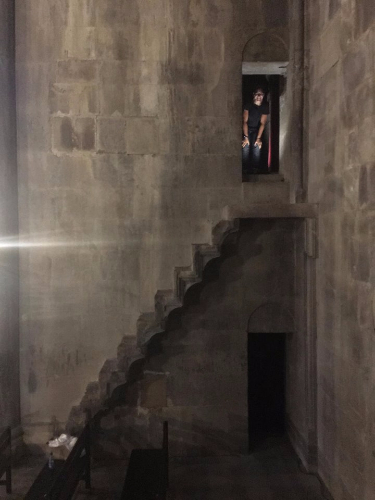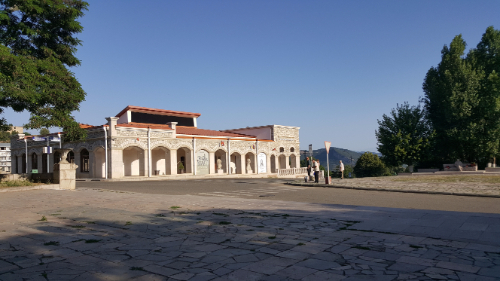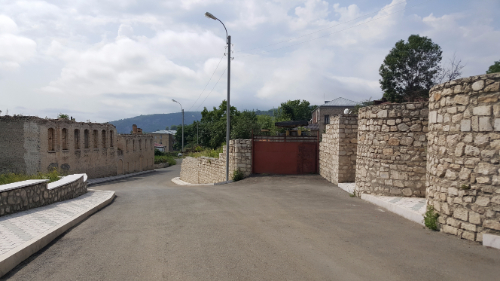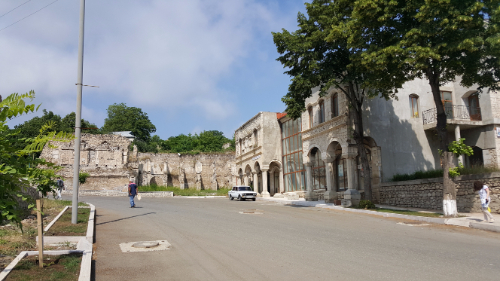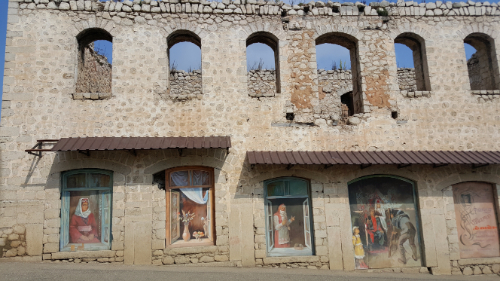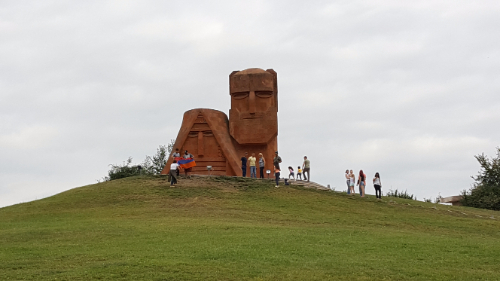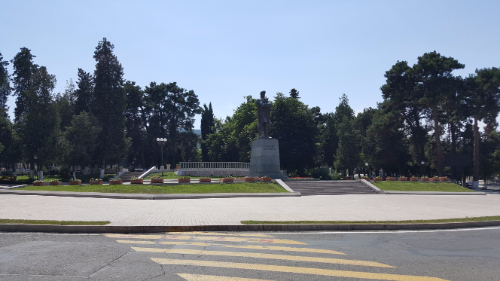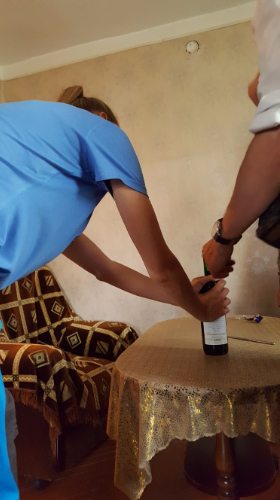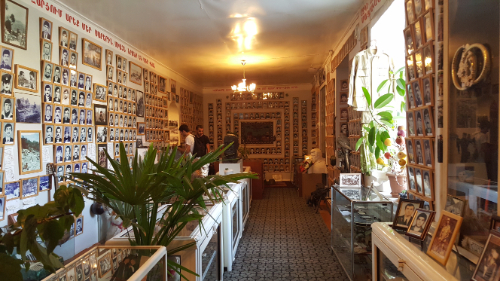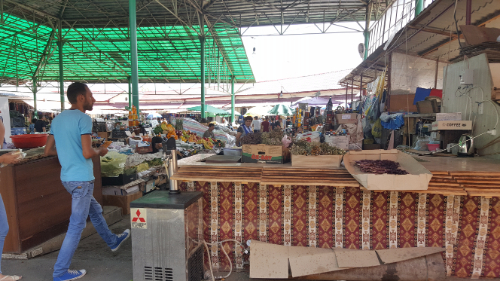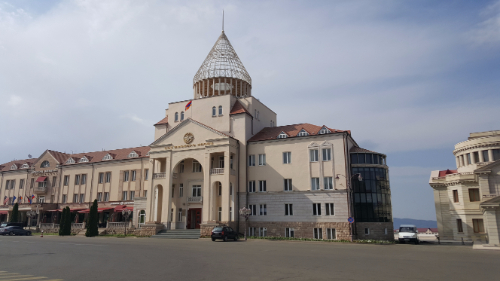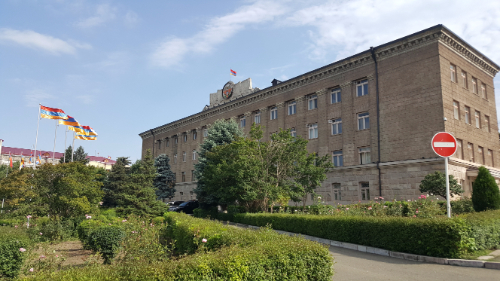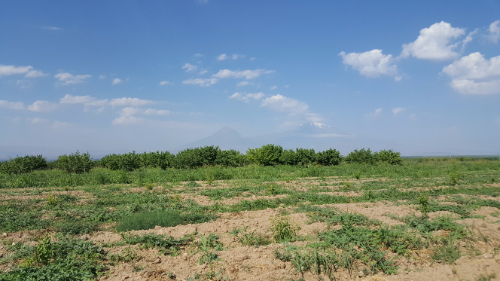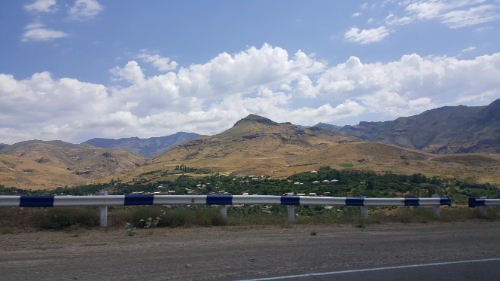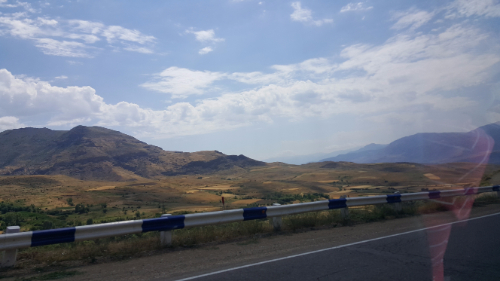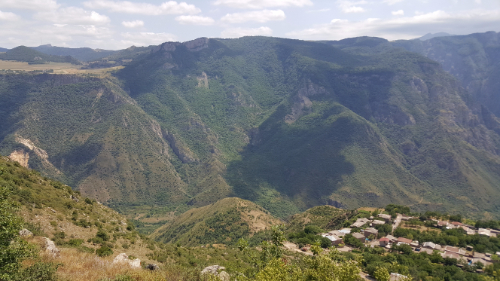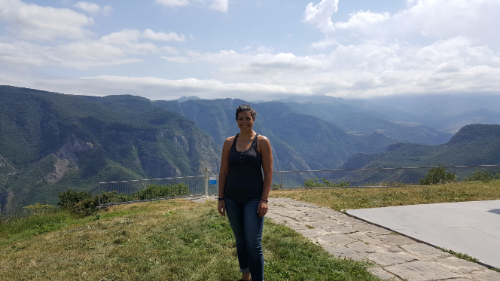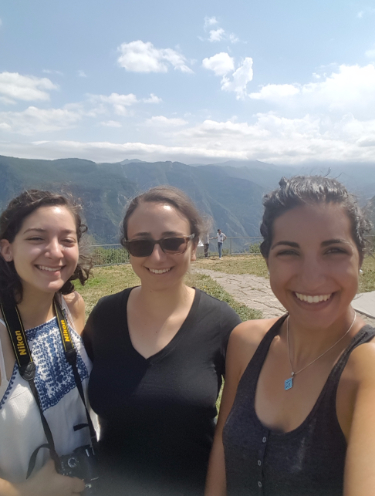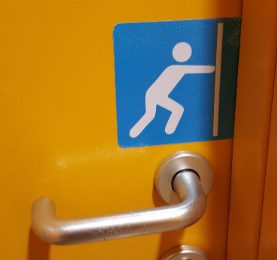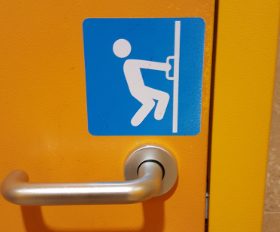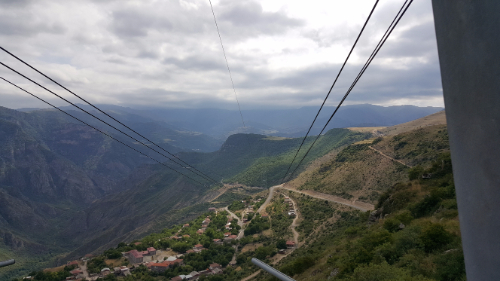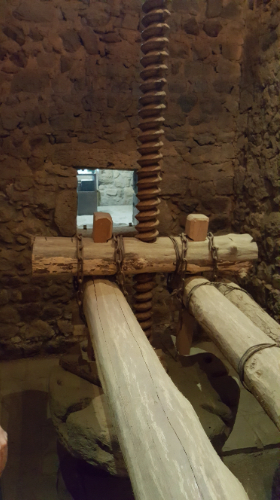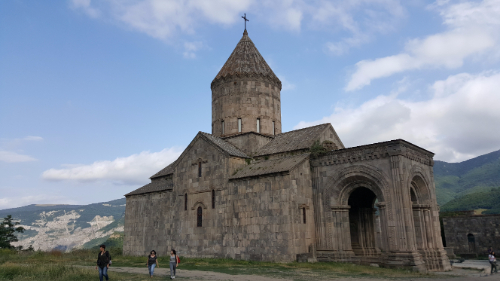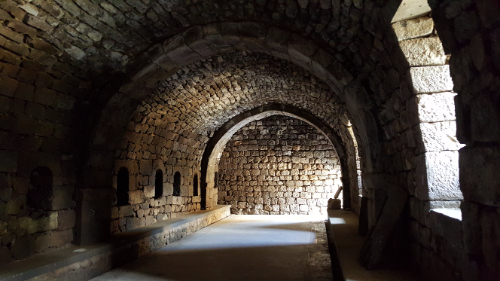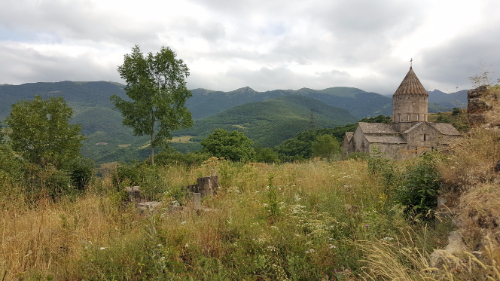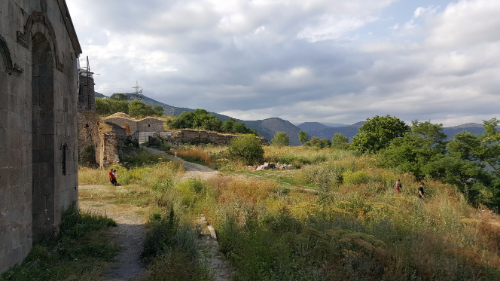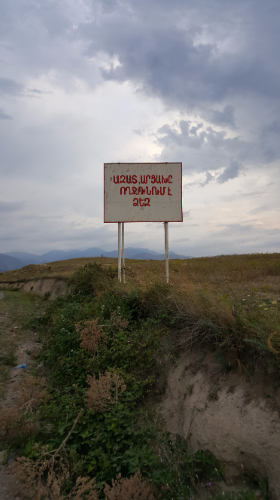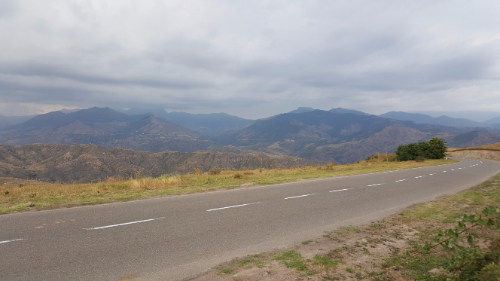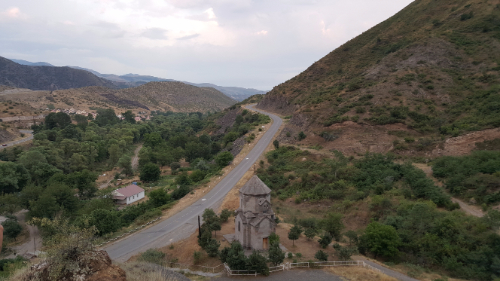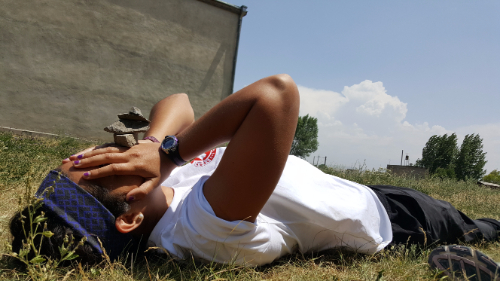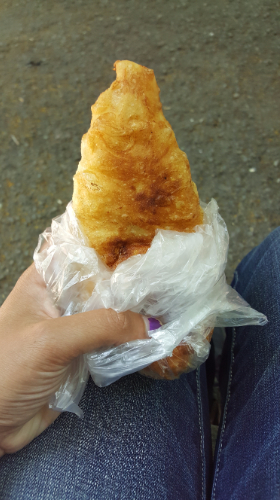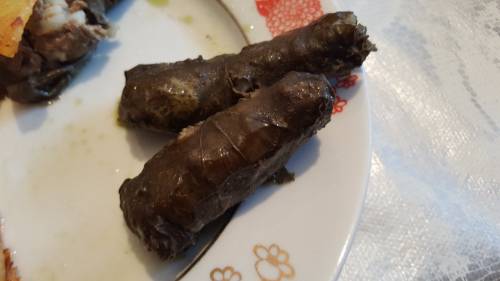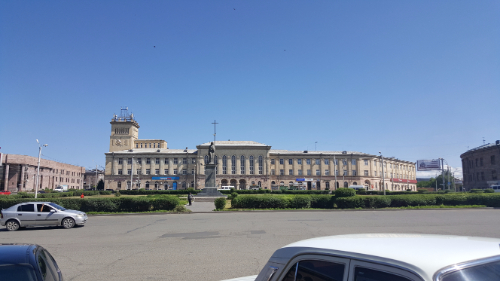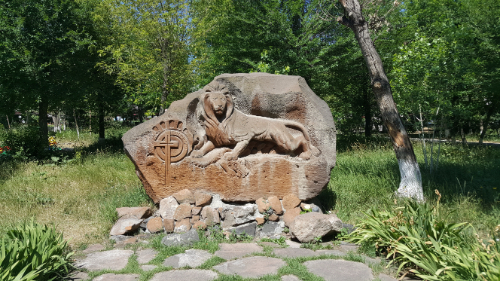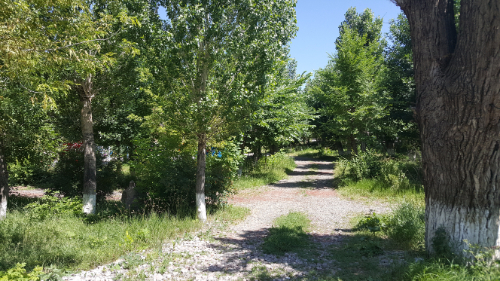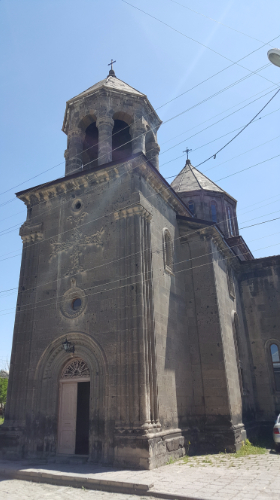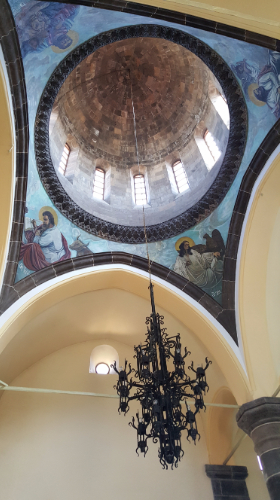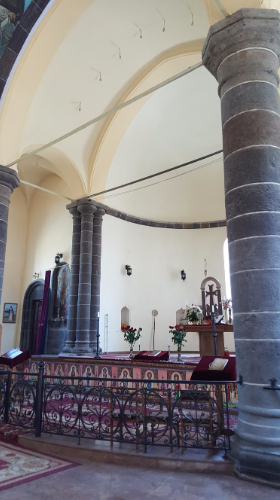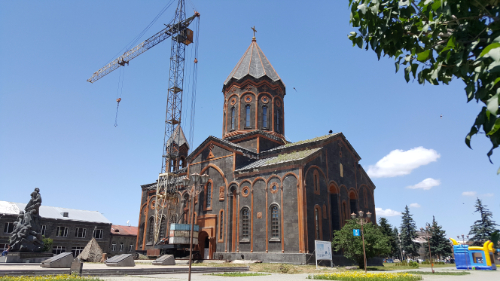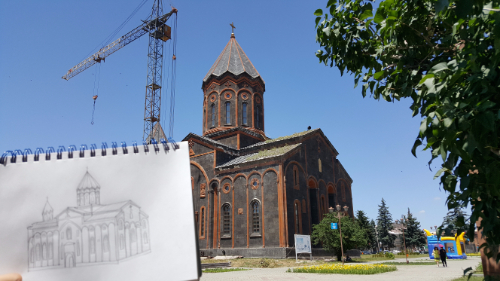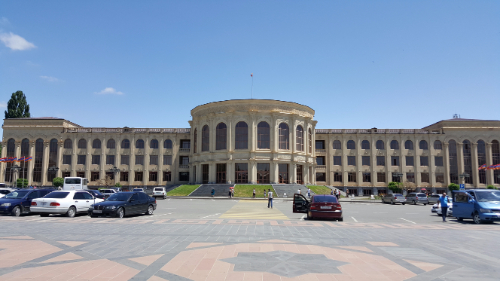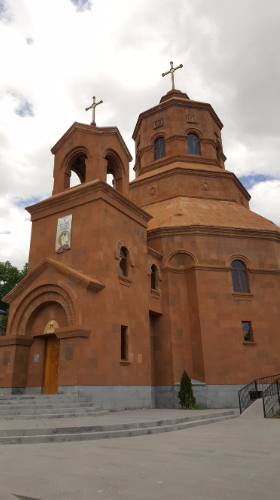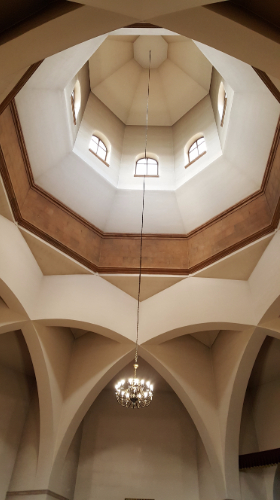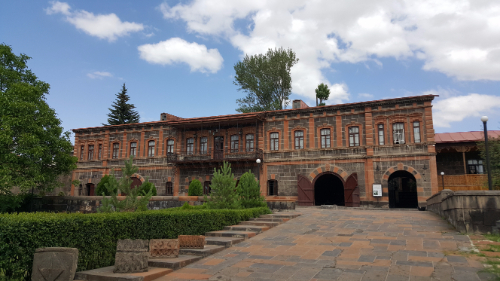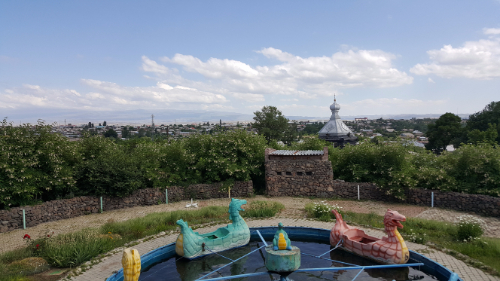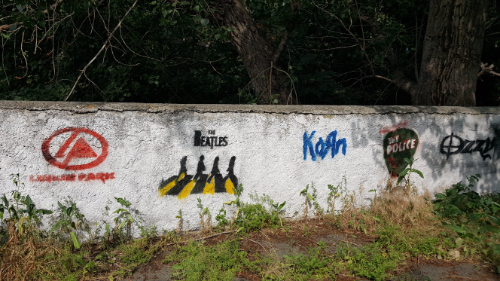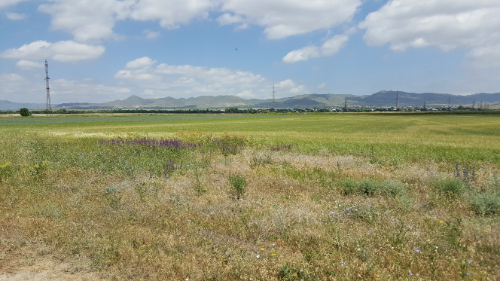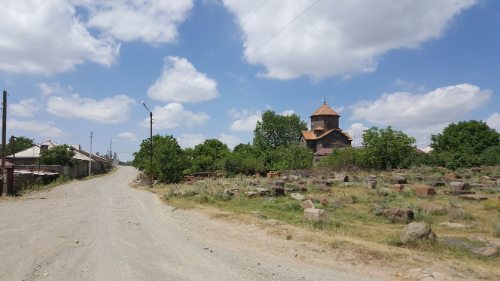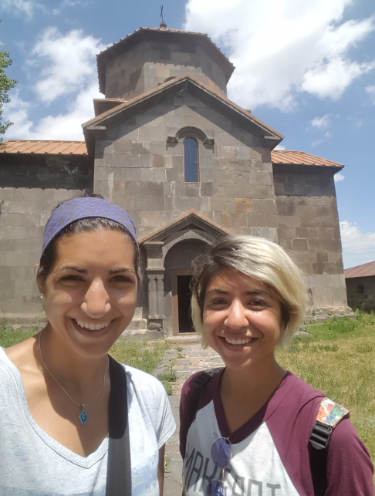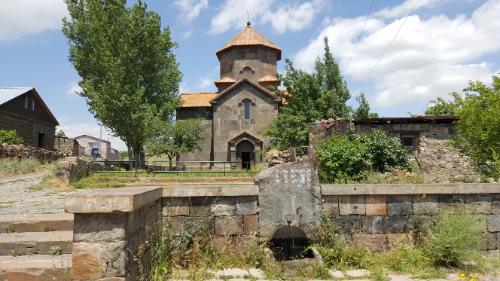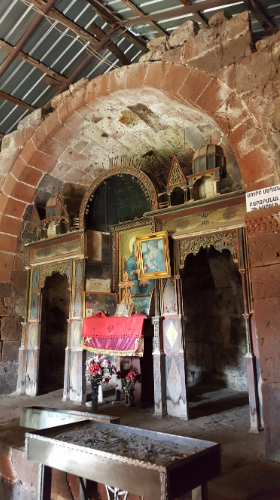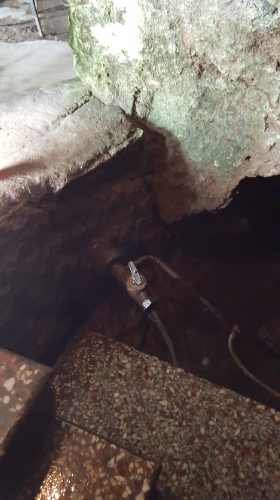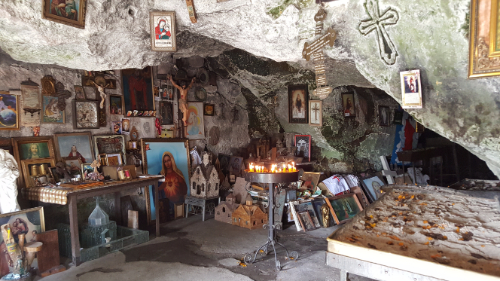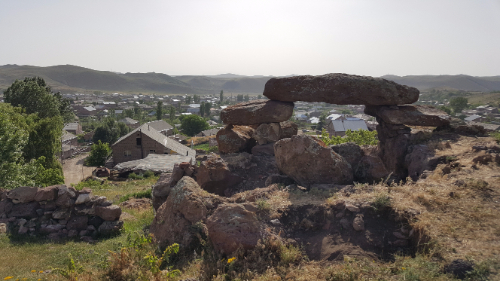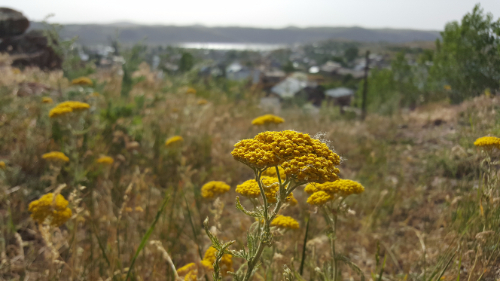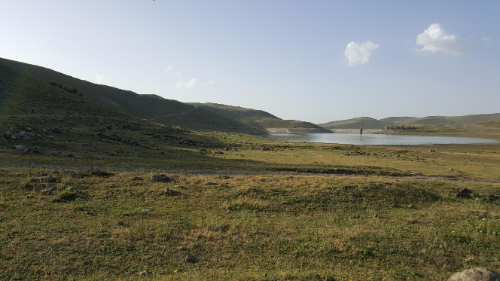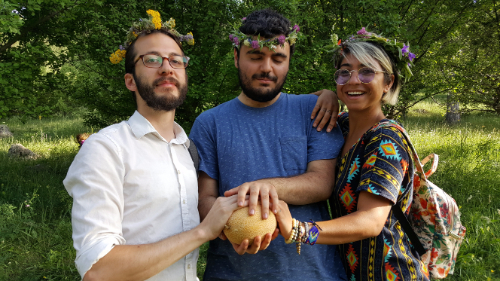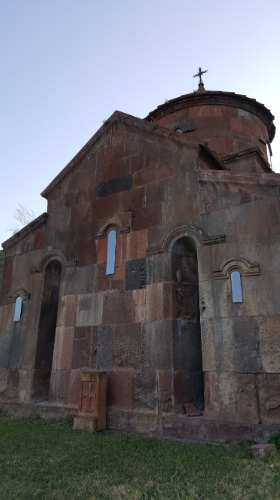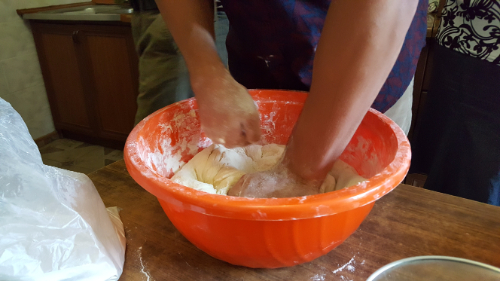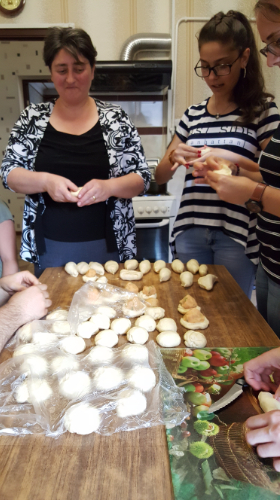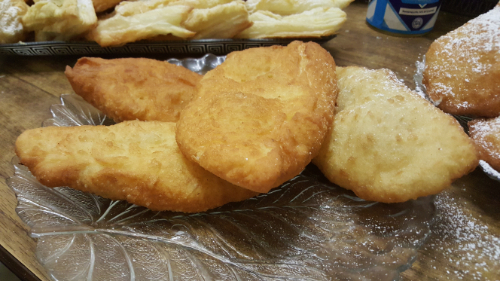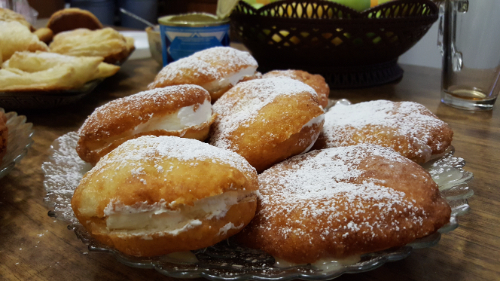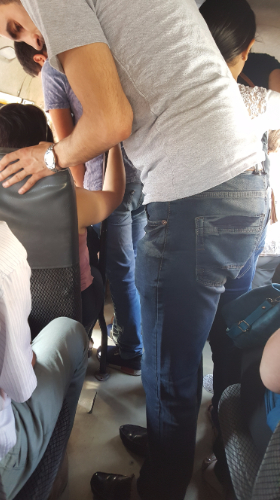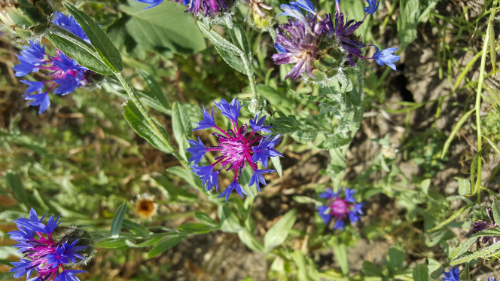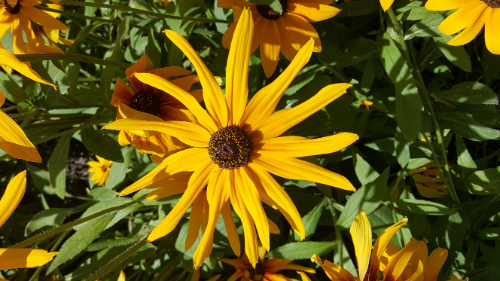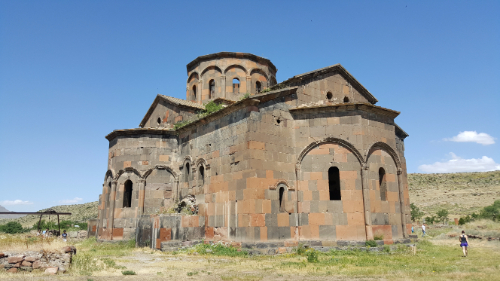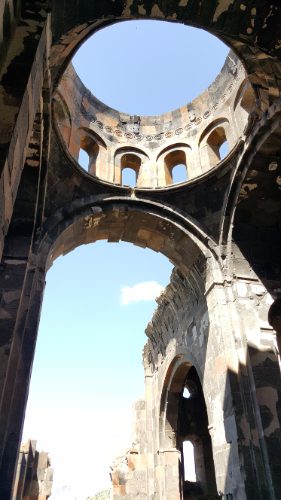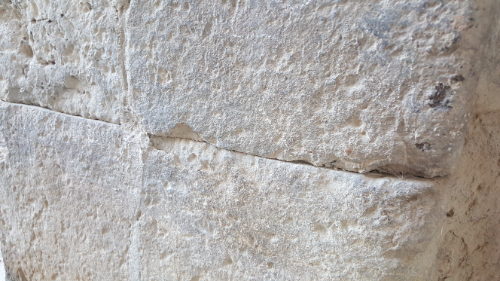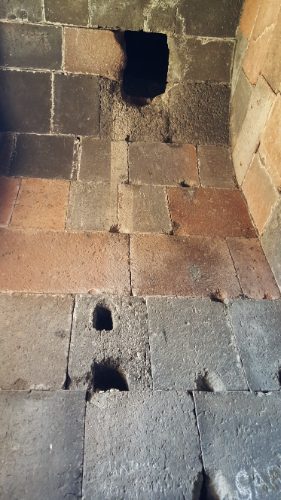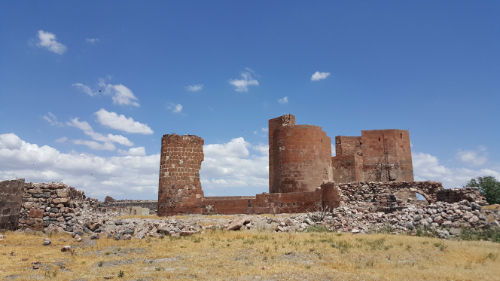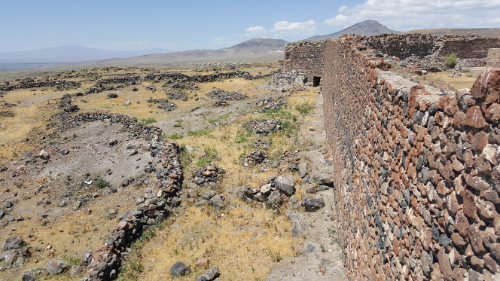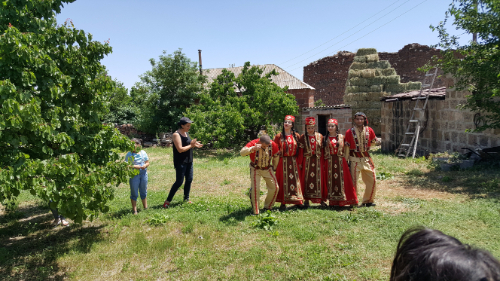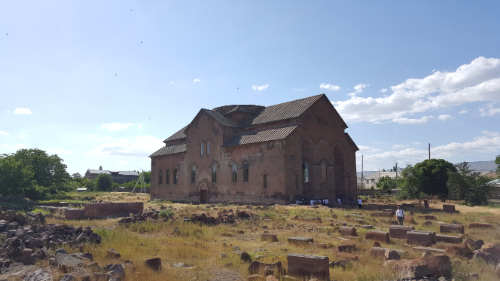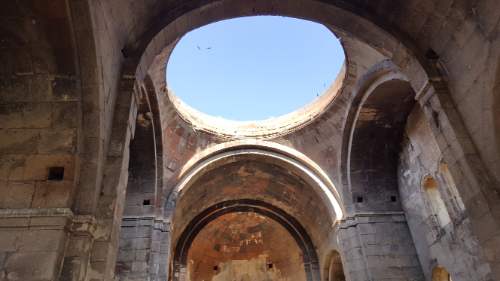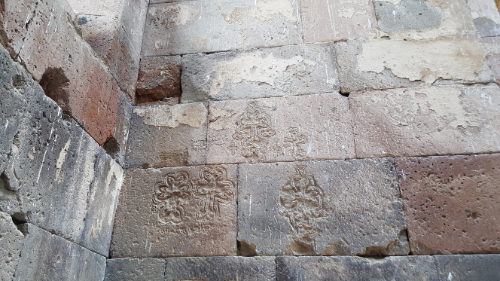Last Sunday was Vardavar, aka my new favorite festival. It’s been celebrated in Armenia since before Christianity was declared the state religion in 301 A.D. I don’t know when it started originally, but that puts it at a minimum of 1700 years ago which is kind of insane.
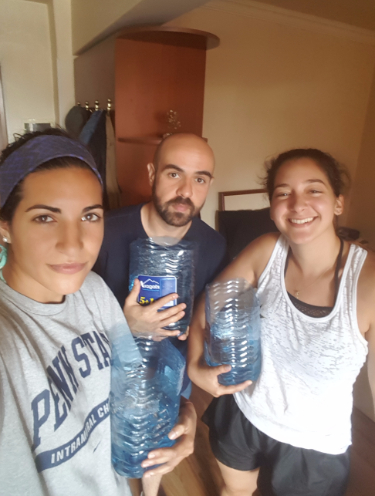
Back in the country’s pagan days, Armenians were sun worshippers. Originally, the Vardavar festival was dedicated to the goddess Astghik. For those of you familiar with Greek/Roman mythology, her closest equivalent would be Aphrodite/Venus. She was the goddess of fertility, love, beauty, and water, and the legends said that she brought love to Armenia by sprinkling the land with rose water. To celebrate her, people would release doves and sprinkle water on each other for good luck.
Like so many other things, after the country became Christian, the tradition remained, and the reason was modified to fit the new state religion. Now, it’s celebrated 14 weeks after Easter and is a celebration of the Transfiguration of Christ, when Jesus became divinely radiant on top of a mountain, was joined by the prophets Moses and Elijah, and was claimed by God as His Beloved Son. Don’t ask me what connection that has to people dumping water on each other’s heads… Some say that it’s a celebration of the end of the flood from the days of Noah which seems to make more sense considering the water connection, but either way, it was an attempt to fit new beliefs into old traditions.
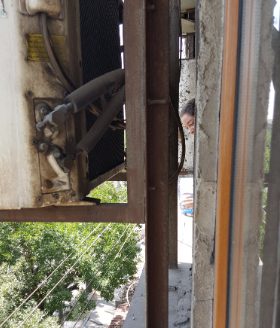
It’s celebrated all over Armenia, and I joined the fun in Yerevan. I’ve heard that things get pretty crazy in the villages too, so I’ll have to check that out if I’m ever in Armenia for Vardavar again. Yerevan, especially in the central part of the city, turns into a bit of a water war zone. Don’t even think about leaving your house if you’re not prepared to get wet! It seemed like, outside of the city center at least, people were a bit more discriminating when it came to picking victims. Older people, people with kids, and people clearly not interested in getting wet were mostly left alone from what I saw. As soon as you look like you’re participating in the festivities, though, you’re a target (though even there, I had people considerately ask me if my phone case was waterproof and if they could get me wet. Super nice!).
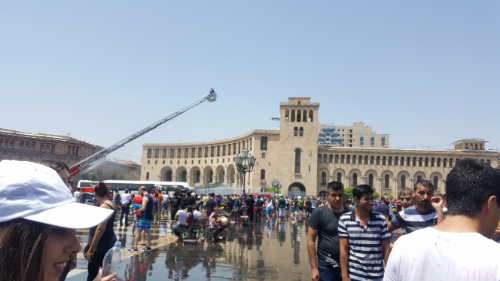
The fountains in the city are the main war zones, which makes sense because that’s where it’s easiest to refill your bucket/bottle/water gun/etc. I spent the day with my friends Arin and Ruth, and we decided to meet up with some other volunteers who were planning to go to Republic Square (the fountain where there’s the nightly light/water/music show). First though, we spent a little time chucking water out of Arin’s window at innocent passersby (but only the ones that we deemed acceptable targets). If he was in a location with more foot traffic, I would have just said that we should stay there all day. It was hilarious! But no, we had to leave to get the full experience.
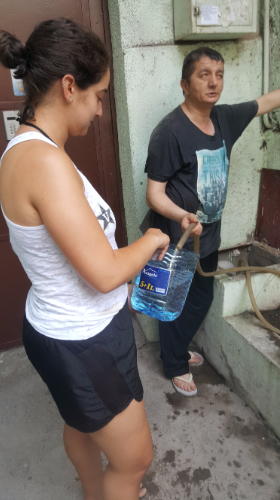
For our makeshift buckets, we cut the tops off of some big water jugs and then filled them up and hit the road. Ruth and I literally got one foot out the door of the apartment building before we were spotted by a bucket-wielding group of guys, and like I said, as soon as you’re holding a bucket, you’re a target. We managed to dodge the worst of it but also threw away all of our water in the first 15 seconds of being outside. Luckily, we passed a man soon after who waved us over and refilled us from a secret water supply. Back in business.
I felt like a spy walking down the street. You couldn’t trust anyone! I started to perfect the technique of walking past someone, letting them think they were safe, and turning around to drench them from behind. Once we got to Republic Square, it was a whole different game. There was a fire truck spraying people with the fire hose. Arin and I decided to just go for it and jump into the fountain because getting completely soaked was inevitable, and when else were we going to get the chance to go into that fountain? We hung out there for a bit before deciding to hit the streets again in the hope of finding some still dry people to attack. Okay, that sounds bad, but that’s the way it works!
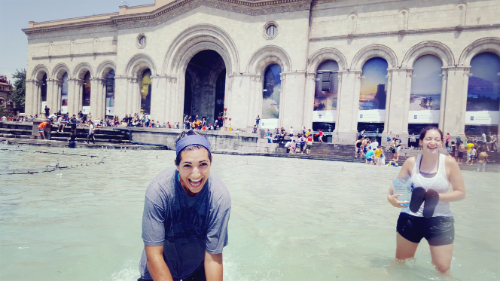
We passed some parents holding their babies up under those misters that some restaurants have. I thought that was hilarious. Baby Vardavar!
I started perfecting my water dumping technique… I would creep up behind people and pour just a little bit of water down the backs of their necks. It made everyone jump, and then they’d whip around, see me, and give me the “yeah, you got me” laugh and shrug. I thought it was perfect because I wasn’t trying to make anyone mad, and who can get mad about just a little water like that?
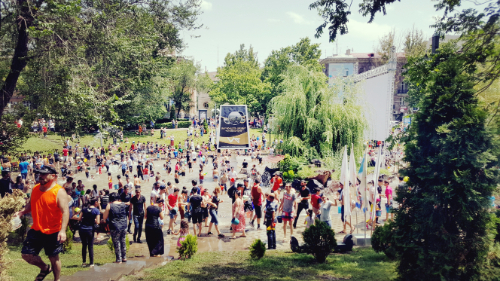
We stayed far away from Swan Lake, one of the other big pools in the city center. Apparently things get kind of violent and especially not fun for girls, so I wasn’t really interested in finding that out for myself. Some of our friends came out with unpleasant stories which is too bad… it stinks when people take a fun, innocent thing and make it into something else. I was just content to roam around and gently pour water on people.
After some time in the streets, we decided to head back to Republic Square because it was much easier to refill our buckets with a fountain in the vicinity. I stuck with my same strategy of sneaking up behind people and pouring water down their necks, but I started doing it with a full bucket. I perfected the dump-and-turn technique. It’s a protective strategy because sometimes after you gently pour water on someone (males especially), they choose to retaliate by throwing water knives at you (my made-up terminology for “whipping water as hard as possible in an attempt to make it hurt”). Another case of people trying to ruin a fun thing. I was happy to have Arin and a couple other guys with us who could yell at people in Armenian if they were getting too aggressive.
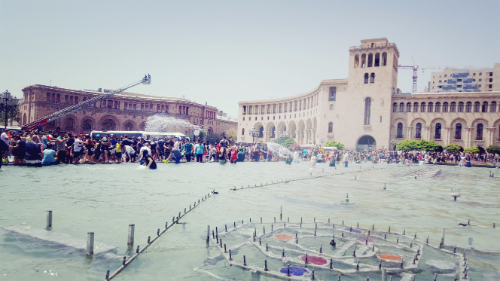
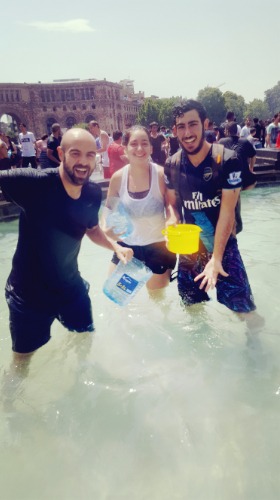

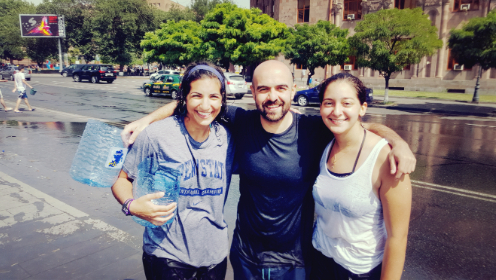
For the last hour or so of our time outside, we found ourselves a quiet corner of the fountain and mostly battled with little kids who, like us, were just trying to dump water on people and have some fun.
All in all, the day was super fun. A couple days later, I found out that I got an eye infection probably from the water getting trapped behind my contacts, so that’s good. Souvenirs from Vardavar! No regrets! Except maybe my one regret of not taking out and throwing away my contacts right after. Live and learn, I guess.

